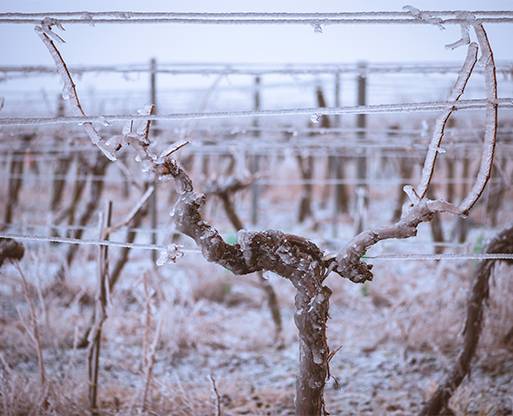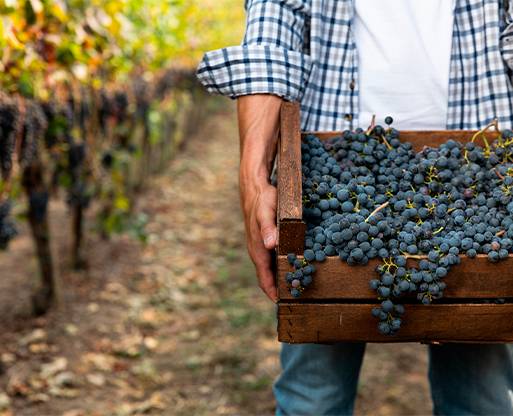The best vineyards in the world

Eva Pizarro
Sumiller en restaurante Fierro y formadora en Tandem Gastronómico.
A vineyard is literally defined as a vine plantation on an area of land. This could lead us to believe that it could be anywhere, so how come there are so many differences between wines? Why are some wines considered to be cult wines and are sold at prices that others have no chance of ever reaching?

We know that vines can grow in places where other crops would not flourish, but that doesn’t mean that this will bring out the best in them. That needs and depends on several factors. Geography and the climate are key factors in winemaking, but so are history, trade relations and obviously the work by each vintner.
We are going to look at how the combination of some of those factors can lead to some of the best wines in the world, and therefore the vineyards they come from also being considered the best in the world. We shall start off with nature, which does not depend on us, although we can try to make the most of its singular features:
- Climate: among other matters, the climate will determine which grape variety we are going to produce, or at least which grapes will thrive in that climate. Vines need sunlight, temperature conditions and water, and these are things that man has been able to interpret over the ages through different growing techniques. The climate can also ruin our crops with frosts, hail, extremely high temperatures, etc., which is why it is a key factor in the end result that we eventually pour into our glasses.
- Geography: meaning the composition of the soil, the nutrients, water, orientation of the vines, and therefore the type of wine we will be able to make.
- History: this plays a fundamental role in the development of vine-growing areas. We only need to look back in time to see how the Roman Empire influenced the development of winemaking. Or how wine has always been linked to the Church, where monasteries and religious orders became the guardians of some of the best vineyards in difficult times. Wars have devastated areas of vineyards, and some have disappeared completely, never to be recovered. History not only refers to ancient history, but we also see how modern events can change farming, not only vines, but many other foodstuffs.


- Trade relations, markets and even fashion. as Pedro Ballesteros said in his latest book “Understanding wine”: “Advantages are given to some areas and politics establish the framework in which it is marketed”..
A good terroir may not be successful if the markets are unwilling to buy its wines, if we do not have a sales network to reach out to them, or if fashion turns its back on them.
- The last factor we shall deal with is the human factor, the work by vintners and oenologists, as the fame of some wines is directly attributable to the people who believe in them, and who against all odds were committed to quality and a job well done, thereby managing to change the status and reputation of some native varieties or regions of lower rated wines.
The main areas are out there, some that were discovered and positioned themselves centuries ago, whilst other are waiting for their time to come, or for someone to make them shine.

What do you think about?
Share comments, opinions and tricks with the Community







